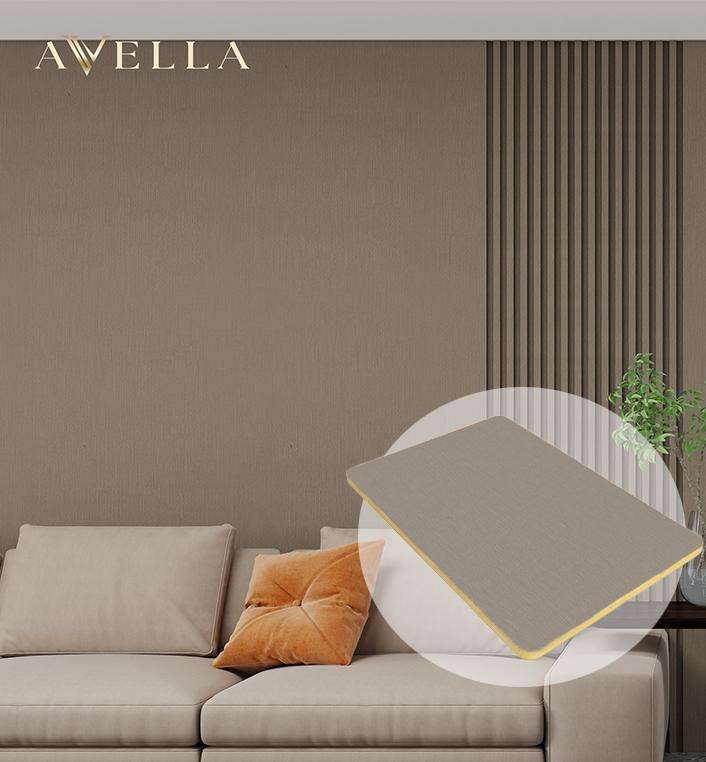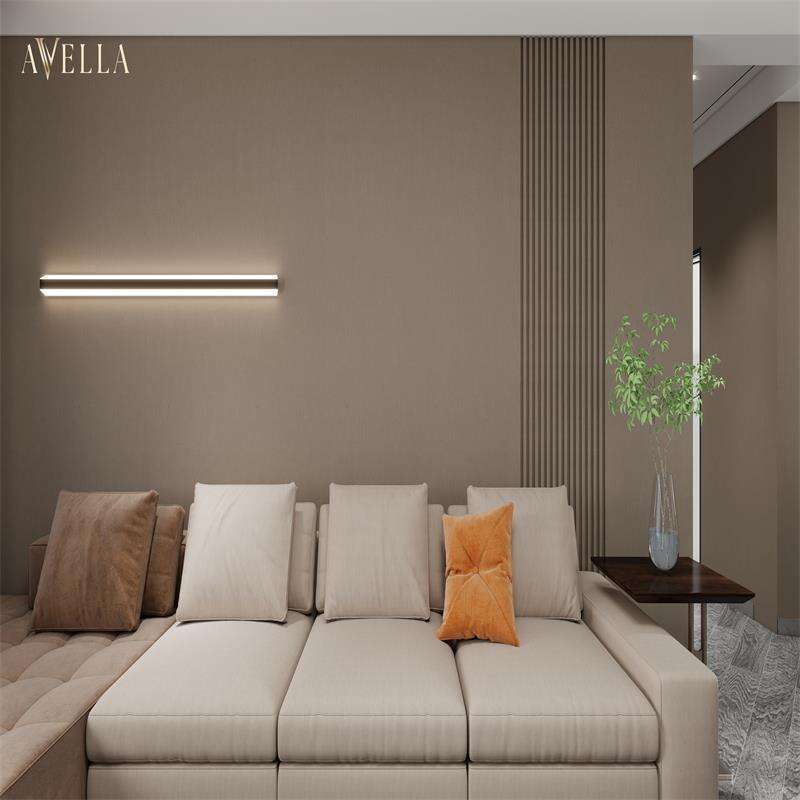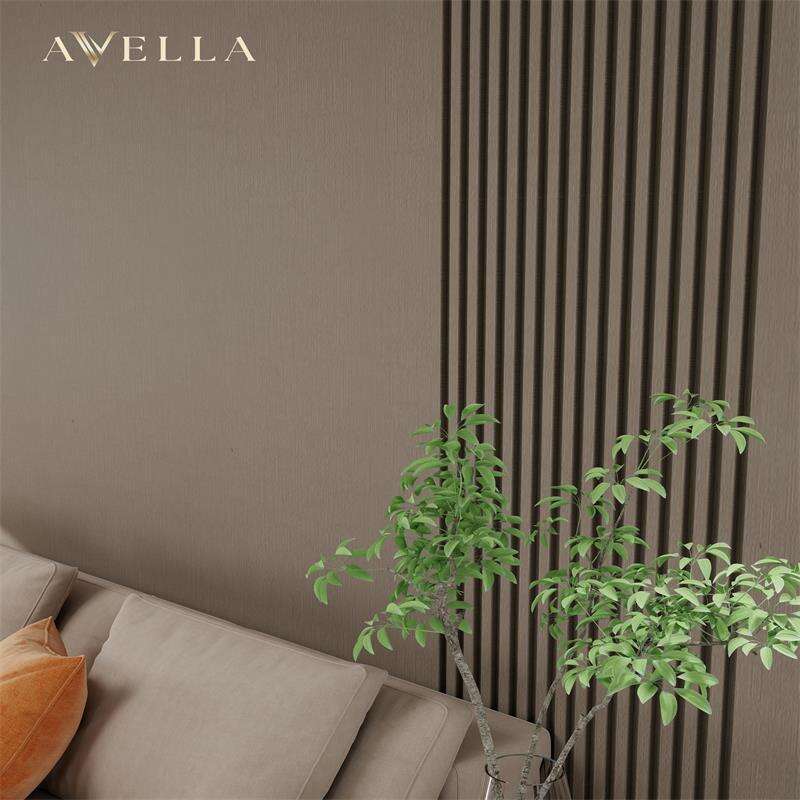wet wall panels
Wet wall panels represent a modern solution for waterproofing and decorating bathroom and kitchen spaces. These innovative panels are engineered with high-quality PVC or similar water-resistant materials, offering a seamless and hygienic alternative to traditional tiling. The panels feature a sophisticated tongue and groove system that ensures watertight installation, preventing moisture penetration and subsequent damage to underlying walls. Typically ranging from 8mm to 10mm in thickness, wet wall panels provide robust protection while maintaining a slim profile. The panels incorporate advanced manufacturing techniques that result in a smooth, non-porous surface resistant to mold, mildew, and bacterial growth. They are designed to withstand daily exposure to water, steam, and cleaning products without deteriorating or losing their aesthetic appeal. Available in various designs, from classic marble effects to contemporary patterns, wet wall panels can be installed directly over existing tiles or onto prepared wall surfaces, making them ideal for both new construction and renovation projects. The technology behind these panels ensures long-term durability while offering quick and cost-effective installation compared to traditional tiling methods.


